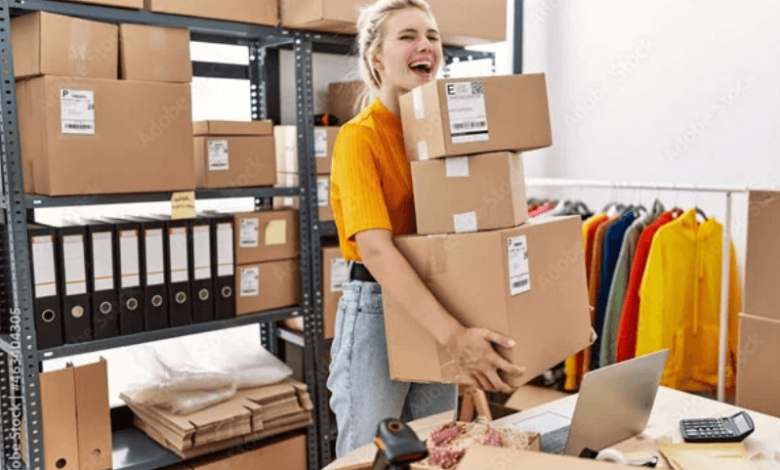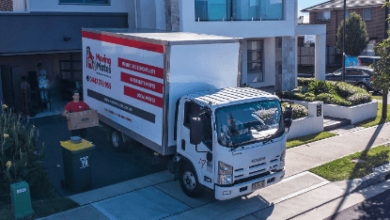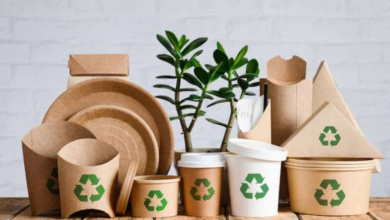Scaling Up: Packaging for Large Food Operations

Packaging plays a vital role in large-scale food production, ensuring freshness, safety, and appeal while controlling costs and meeting consumer expectations. Effective packaging impacts shelf life, transportation, brand perception, and sustainability. As the food industry evolves, mastering packaging innovations and technologies has become essential for success.
Common Challenges in Food Packaging
Large food operations face a unique set of hurdles when it comes to packaging. Balancing efficiency with quality requires navigating several complex issues that can affect both profitability and brand reputation.
Maintaining Freshness and Quality
The primary function of food packaging is to protect the product. For large-scale operations, this means preserving freshness across a long and often complex supply chain. The packaging must act as a barrier against oxygen, moisture, light, and contaminants, all of which can degrade the food’s taste, texture, and nutritional value. A failure in this area can lead to spoilage, which results in financial losses and can damage consumer trust.
Reducing Waste
Waste is a significant concern in the food industry, and it comes in two forms: food waste and packaging waste. Inefficient packaging can lead to product damage during transit, causing food to be discarded before it even reaches the shelf. On the other hand, the packaging material itself contributes to environmental waste. Finding the right balance between robust protection and minimal material usage is a constant challenge.
Managing Costs
For businesses producing food on a massive scale, even a small increase in the cost of packaging per unit can translate into substantial expenses. Costs include not just the price of raw materials but also storage, transportation, and labor. Operations must find cost-effective solutions that don’t compromise on the essential functions of protection and preservation. This often involves sourcing materials in bulk, such as wholesale food storage containers like those in Utah, and optimizing the packaging process to reduce labor expenses.
See also: Campground Startup 101: What You Need to Know Before Opening
Innovative and Sustainable Packaging Materials
The demand for eco-friendly products has pushed the packaging industry toward innovation. Consumers are increasingly aware of the environmental impact of their purchases, and businesses are responding by adopting more sustainable materials.
Bioplastics and Compostable Options
One of the most significant advancements is the development of bioplastics, which are made from renewable resources like corn starch or sugarcane. These materials can be compostable or biodegradable, breaking down under specific conditions and reducing the burden on landfills. While they offer a greener alternative to traditional plastics, businesses must consider their performance characteristics and the availability of commercial composting facilities for consumers.
Recycled and Recyclable Materials
Using recycled content in packaging, such as rPET (recycled polyethylene terephthalate), is another effective way to reduce environmental impact. This approach conserves resources and lowers the carbon footprint of the packaging. Similarly, designing packaging that is easily recyclable for consumers—using mono-materials and clear labeling—helps close the loop and supports a circular economy.
Lightweighting and Material Reduction
“Lightweighting” is the practice of redesigning packaging to use less material without sacrificing strength or functionality. This can involve using thinner plastics, lighter glass, or more efficient designs. The benefits are twofold: it reduces material costs for the business and lowers the environmental footprint associated with production and transportation.
The Role of Technology in Modern Packaging
Automation and advanced machinery are revolutionizing how large-scale food operations handle packaging. Technology streamlines processes, improves accuracy, and boosts overall efficiency.
Automation and Robotics
Automated packaging lines can perform tasks like filling, sealing, labeling, and packing with incredible speed and precision. Robots can handle delicate products without causing damage, work around the clock without fatigue, and reduce the risk of human error. This level of automation allows businesses to scale up production significantly while maintaining consistent quality.
Smart Packaging
Emerging technologies are making packaging “smarter.” For example, packaging with embedded sensors can monitor temperature and freshness throughout the supply chain, providing real-time data to ensure product safety. QR codes printed on packages can offer consumers detailed information about the product’s origin, nutritional content, and even recipes, enhancing engagement and transparency.
Advanced Sealing and Preservation Techniques
Modified Atmosphere Packaging (MAP) is a technology that alters the gaseous atmosphere inside a package to extend the shelf life of perishable foods like meat, fish, and fresh produce. By adjusting the levels of oxygen, carbon dioxide, and nitrogen, MAP slows down the aging process and inhibits microbial growth, keeping food fresh for longer without the need for chemical preservatives.
Navigating Sustainability and Regulatory Compliance
Beyond consumer demand, there are growing regulatory pressures on businesses to adopt sustainable practices. Governments worldwide are implementing rules to reduce packaging waste and promote recycling.
Adhering to these regulations is not just a matter of compliance; it’s also about corporate responsibility. Businesses that demonstrate a commitment to sustainability can enhance their brand image and appeal to environmentally conscious consumers. This involves staying informed about evolving environmental standards, ensuring packaging materials meet safety and food-grade requirements, and being transparent with consumers about sustainability efforts.
Conclusion
Efficient packaging is essential for large-scale food operations. Using innovative materials, smart tech, and sustainable practices helps businesses stay competitive. The future of food packaging focuses on smart tech and circular economy principles, meeting consumer demands responsibly.




